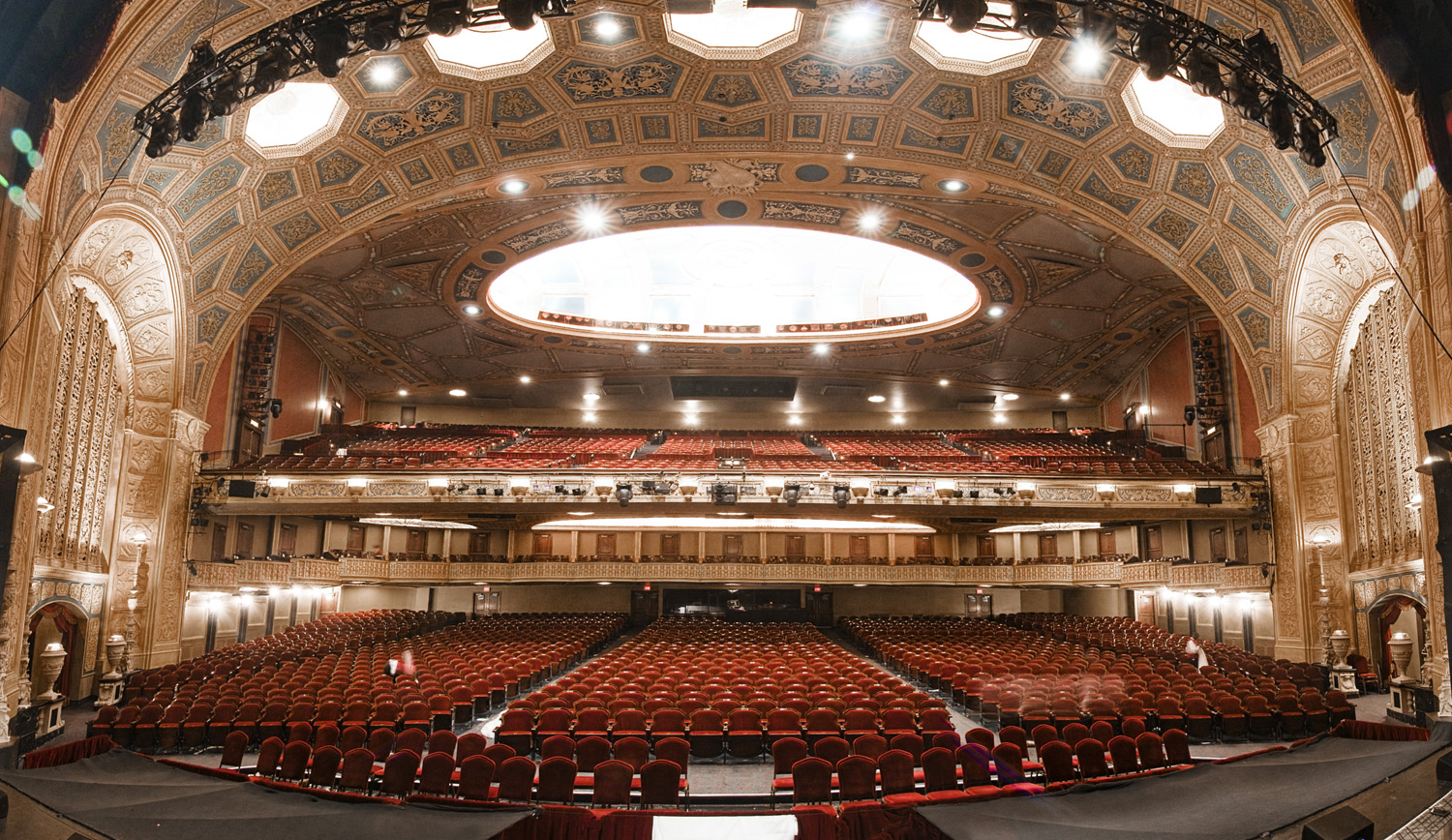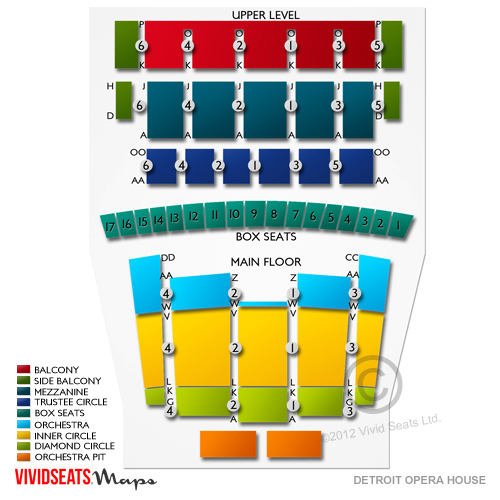
The Grand Circus Theater closed its doors in 1978 and reopened under the same name in 1981.


The renamed and reconfigured 3,367-seat Grand Circus Theater became a movie house once again. Today, the Detroit Opera House is home to Michigan Opera Theatre, and the Detroit home to many of the world’s best dance companies, Broadway shows and concerts.Īfter several years of near decay, the theater underwent a minor restoration in 1960. Within the first few decades, the grand theater hosted such luminaries as Will Rogers, Louis Armstrong, Betty Hutton, Guy Lombardo and Duke Ellington and later, Gale Storm, Sal Mineo and many of the rock and roll stars of the 1950s. In the fall of 1929, the Capitol Theater became the Paramount Theater and, in 1934, was renamed the Broadway Capitol Theater. Most of these features are still present today in the Detroit Opera House. Rich rose-red Italian damask was used for the mainstage curtain and draperies throughout the house. The Capitol Theater was resplendently decorated in the Italian Renaissance style with lavish crystal chandeliers, frescoes, brass fixtures, marble stairways and drinking fountains. Crane also designed such Detroit landmarks as the Fox Theater, The Fillmore (formerly the State Theater), and the acoustically perfect Orchestra Hall. With superb acoustics and in the style of the grand European opera houses. Howard Crane, whose genius for theater design took him to cities around the nation, the building was constructed The theater was the first in a series of palatial vaudeville and moving picture houses built in the Grand Circus Park area in the 1920s. Designed by renowned Detroit architect C. The theater was the first in a series of palatial vaudeville and moving picture houses built in the Grand Circus Park area in the 1920s. At the time of its gala premiere, the 4,250-seat theater claimed to be the fifth largest in the world. Located on the corners of Broadway and Madison at Grand Circus Park, what is now known as the Detroit Opera House was originally opened as the Capitol Theater on January 12, 1922.


 0 kommentar(er)
0 kommentar(er)
